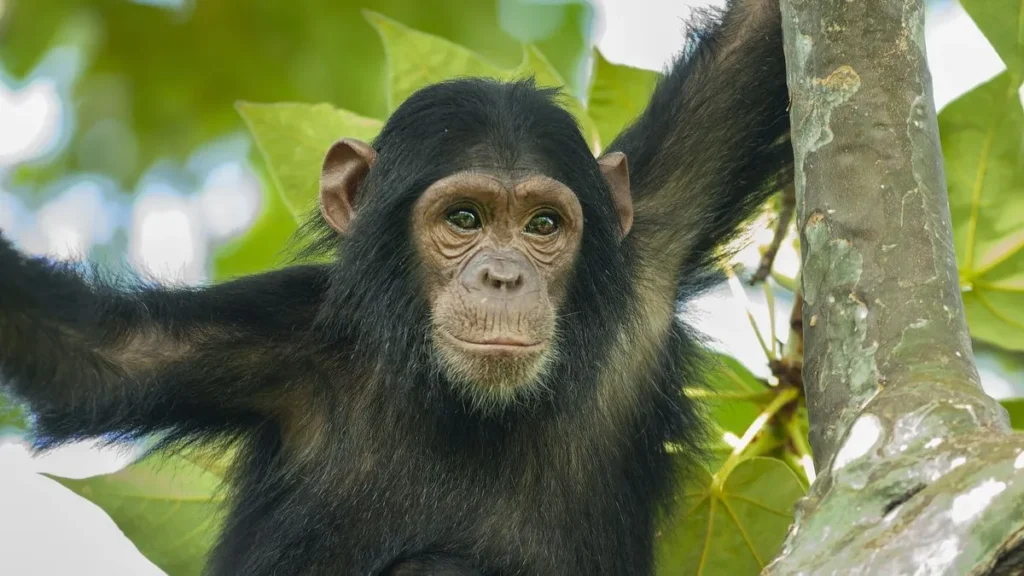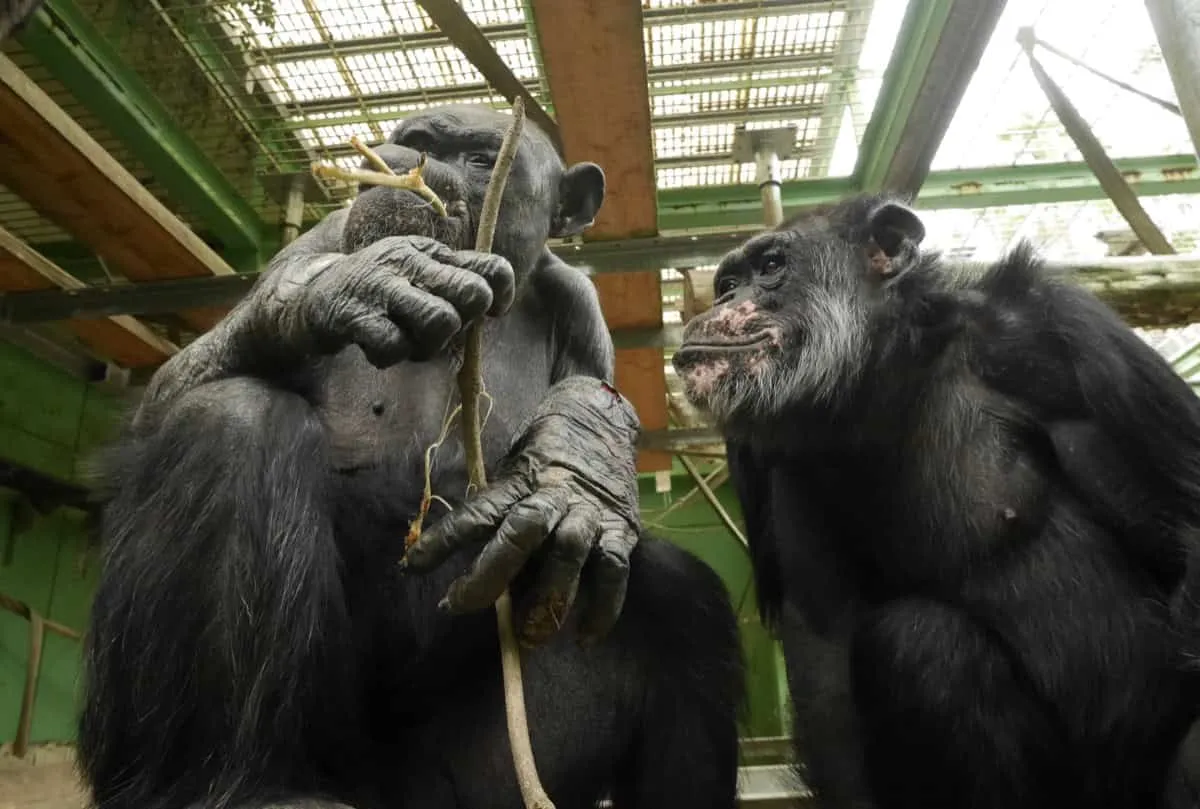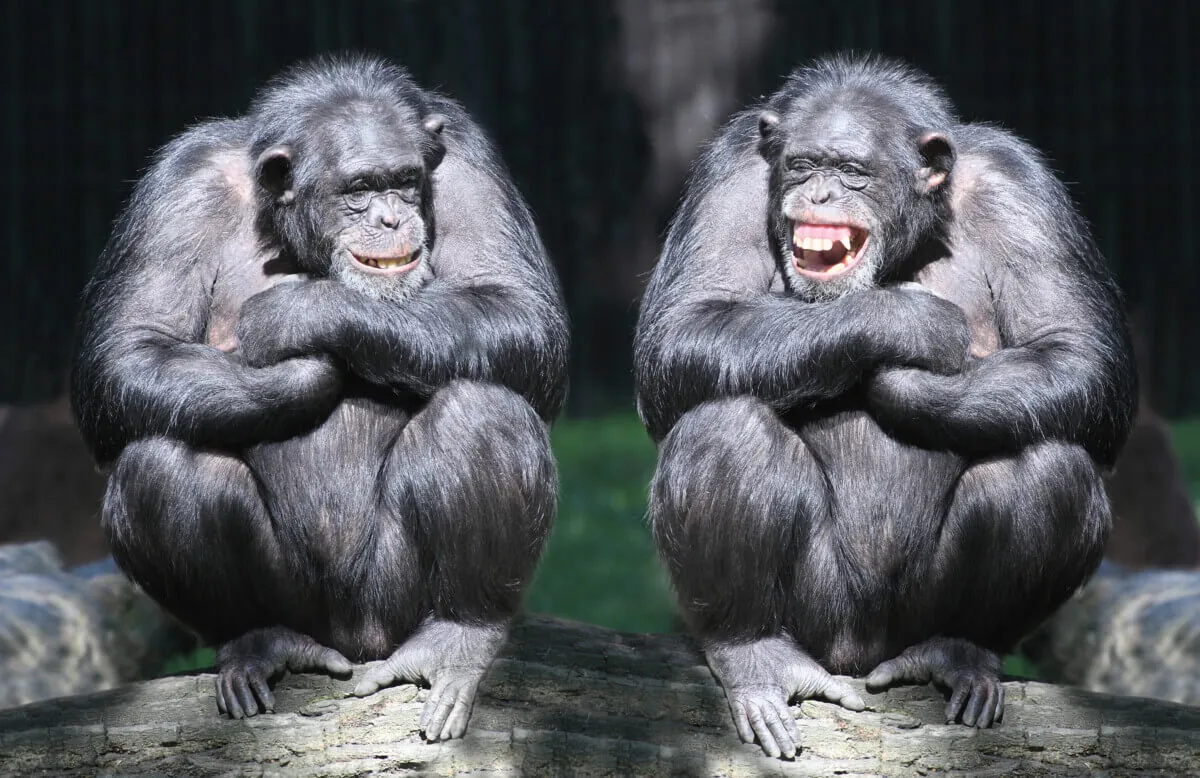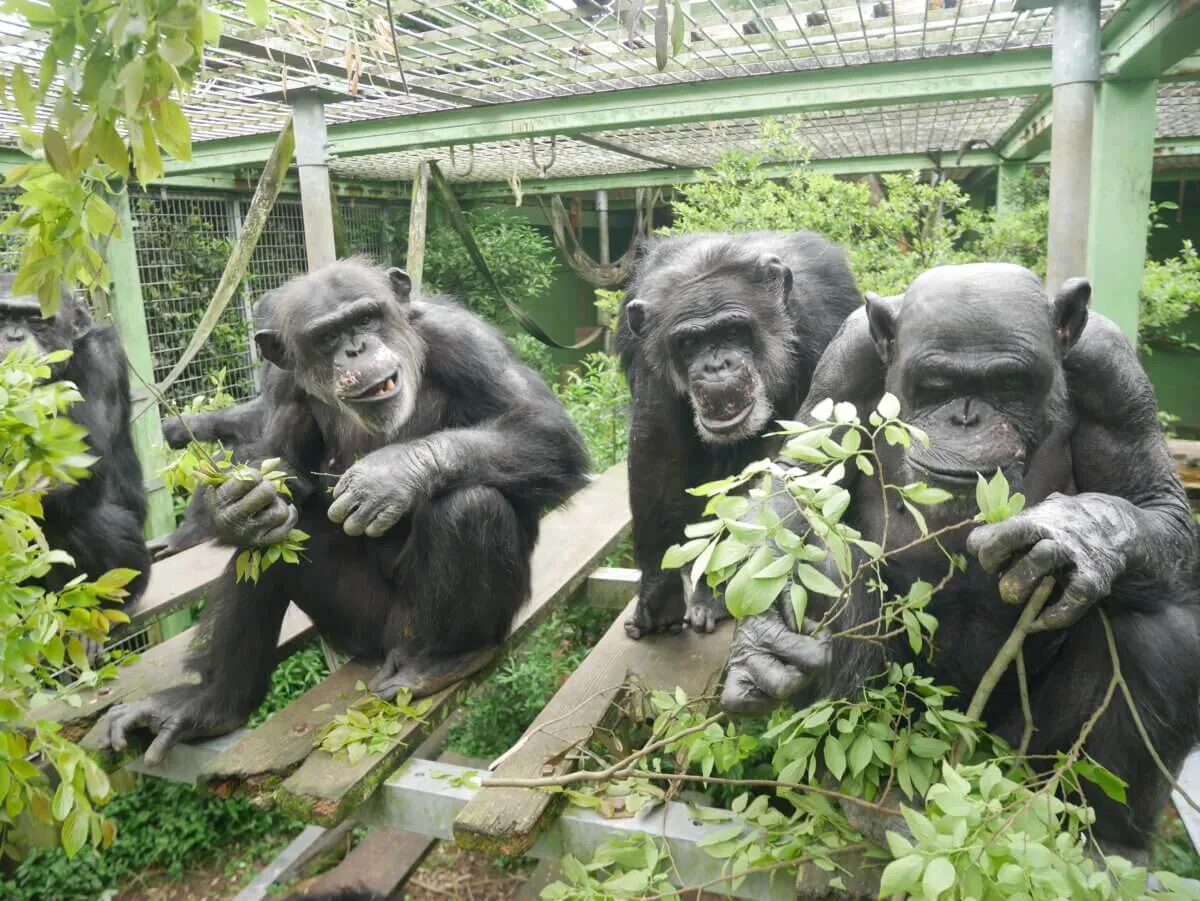
In the lush forests of the Kumamoto Sanctuary in Kyoto, Japan, a unique behavioral phenomenon has captured the attention of scientists: contagious urination among chimpanzees. This intriguing behavior, observed by researchers at Kyoto University, suggests that when one chimp pees, others nearby are likely to follow suit. This discovery, part of a study recently published in the journal Current Biology, could shed light on the intricate social structures and communications within primate groups.

The Genesis of a Surprising Study
The study originated from an unexpected observation by Ena Onishi, a doctoral student at Kyoto University, who has dedicated over 600 hours to watching chimpanzees. During her observations, she noticed that chimpanzees tended to urinate simultaneously. “I was observing a group of captive chimpanzees for a different research project, and I noticed that they tended to urinate at the same time,” Ms. Onishi explained. This led her to question whether this was a case of contagious behavior, similar to how humans often yawn contagiously.
In-Depth Observations and Findings
To delve deeper, Ms. Onishi and her team meticulously documented over 1,300 instances of simultaneous urination among the sanctuary’s 20 chimps. Their analysis revealed a fascinating pattern: the closer a chimp was to the one that started urinating, the more likely it was to join in. Additionally, chimps lower in the social hierarchy were observed to follow the lead more frequently. This phenomenon not only highlights social dynamics but also raises questions about its function within the group.

Potential Social Functions of Contagious Urination
The implications of contagious urination are vast and varied. “Contagious urination might help reinforce group connections, boosting overall social cohesion,” Ms. Onishi speculated. It may also indicate a readiness for collective behaviors or serve other social functions that are yet to be understood fully.
Expert Insights and Broader Implications
The study has piqued the interest of primatologists worldwide, including Dr. Martin Surbeck, an evolutionary biologist at Harvard University, who notes that such behaviors are not uncommon in group dynamics of great apes in the wild. “If you walk with great apes in the wild, you often see that group members really coordinate what they’re doing,” Dr. Surbeck remarked, supporting the notion that contagious urination could be a widespread trait among social species.

While the study’s insights are derived from observations in a controlled environment, the behaviors noted are likely not exclusive to captive chimpanzees. This opens up new avenues for research in wild populations to explore the evolutionary advantages of such behaviors.
